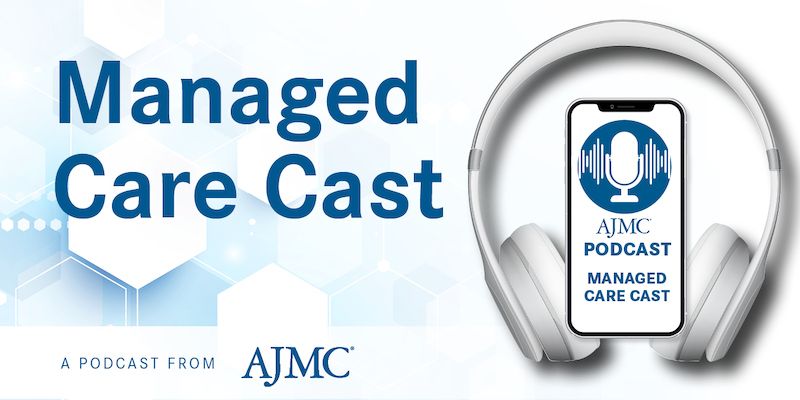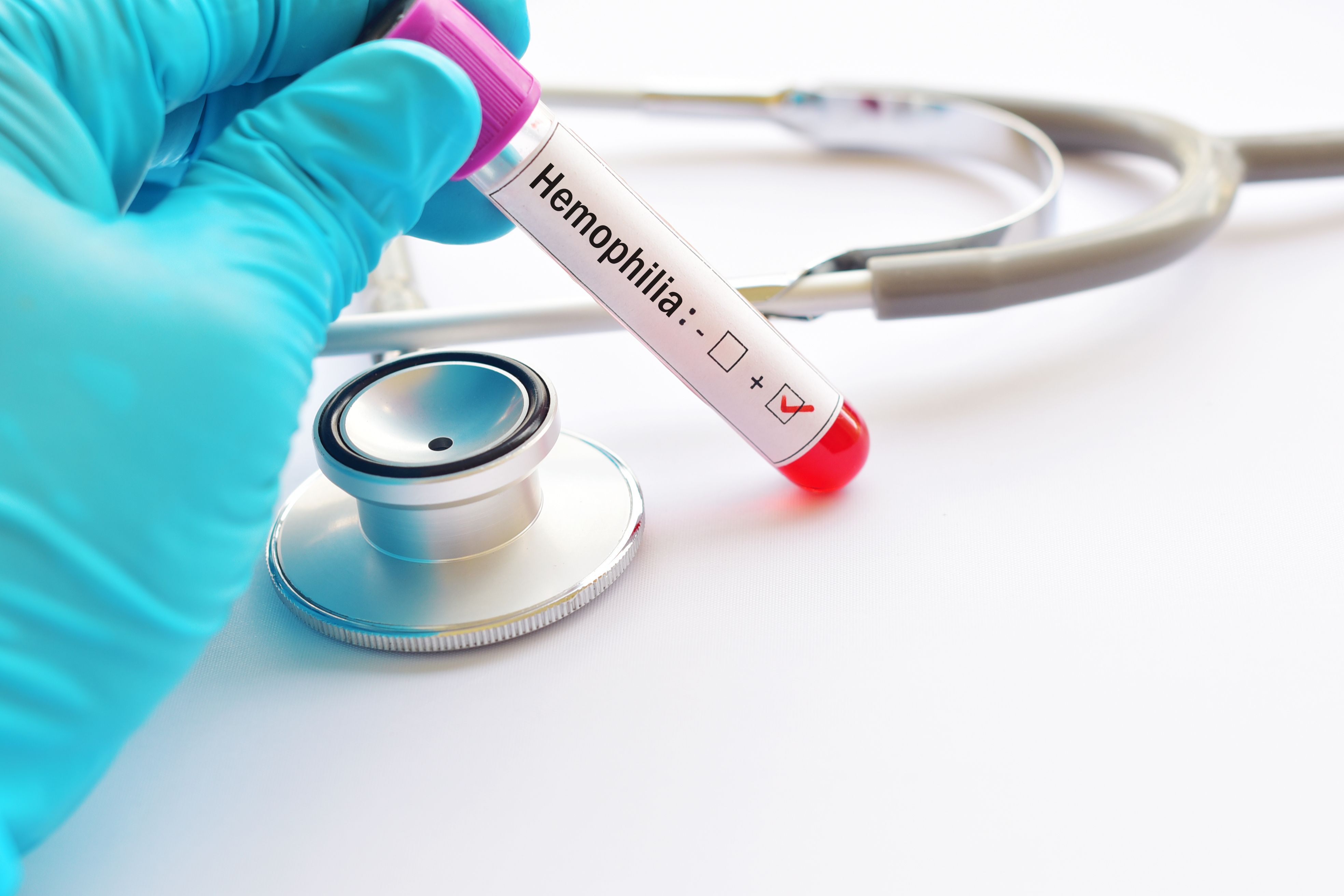Commentary
Video
New FINEARTS-HF Findings Provide Clarity on Balancing Risk and Benefit in HF, CKD
Author(s):
At the American College of Cardiology 2025 Annual Scientific Session, John W. Ostrominski, MD, of Brigham and Women’s Hospital, dives into the nuanced safety profile of finerenone for high-risk patients with heart failure.
Patients with heart failure (HF) and chronic kidney disease face a heightened risk of disease progression, yet treatment decisions in this population often require careful balancing of efficacy and safety concerns, John W. Ostrominski, MD, fellow in Cardiovascular Medicine and Obesity Medicine at Brigham and Women’s Hospital and Harvard Medical School, explained in an interview at the American College of Cardiology 2025 Annual Scientific Session (ACC.25).
At the ACC.25 meeting, Ostrominski presented new data from a secondary analysis of the FINEARTS-HF trial, which further validated efficacy and explored how finerenone—a nonsteroidal mineralocorticoid receptor antagonist—performed in patients with heart failure with mildly reduced or preserved ejection fraction (HFmrEF/HFpEF) across different kidney risk categories, defined by Kidney Disease: Improving Global Outcomes (KDIGO).
While the findings showed higher kidney risk was associated with worse cardiovascular outcomes, the benefits of finerenone remained consistent regardless of baseline KDIGO stage. In this interview, Ostrominski emphasizes the importance of comprehensive kidney screening, risk stratification, and the potential for finerenone to improve outcomes in high-risk patients.
This transcript has been lightly edited; captions were auto-generated.
Transcript
Could you elaborate on the implications of your findings for clinical practice, especially regarding tailoring treatment strategies based on kidney disease severity in patients with HF?
Back to that core theme, we know individuals—and this has been evaluated in multiple registries, including CHAMP-HF and several others—but we know individuals who have both kidney disease and cardiovascular disease, specifically heart failure, are at very high risk for developing not only worsening kidney disease, but also for developing worsening heart failure. So, there really is a critical need for therapies targeting that high-risk population, and there's also a critical need for further evidence to help us help clinicians better understand the balance of risk and benefit in those particularly high-risk groups. What I hope that individuals might extract from this analysis is to understand the potential benefits of comprehensive kidney screening in clinical practice to better risk-stratify individuals. In other words, actually measuring both eGFR [estimated glomerular filtration rate] in clinical practice and urine albumin-to-creatinine ratio—these 2 domains that are interrelated but independent may actually substantially enhance prediction, not only of worsening heart failure events, of mortality, but also vascular events and other events like atrial fibrillation.
And there's that piece that could greatly enhance risk stratification, and that could also guide intensity of heart failure therapies, especially if persons are symptomatic, but also could guide other interventions targeting those other profiles of risk. Then, the corollary of that is the profile of efficacy and safety across that broad spectrum of kidney risk. I think one of the key messages is that, in addition to the consistent benefits across that broad kidney spectrum, it also appeared as though individuals with higher baseline kidney risk may derive greater absolute benefits from the therapy. A lot of that is related to the higher risk in those groups. But it also helps to understand, again, that profile of risk and benefit.
The safety piece, the key messages are that the well-recognized relatively higher risks of hyperkalemia and also of higher creatinine levels, these were not modified or enhanced among individuals with higher kidney risk. A lot of the events that clinicians become concerned about, like high potassium levels leading to hospitalization, were very uncommon, less than 1% in all kidney risk groups. We also worry about really high potassium levels, like potassium levels greater than 6, and while the incidence of those kind of high potassium levels above 6 increased irrespective of treatment, even in the placebo arm, they increased with higher kidney risk. Those relative risks were not enhanced among individuals with higher kidney risk, and the overall absolute rates of those events were still pretty low, around 3% to 4%.
So, what I hope is that the initial clarity this analysis gives is that it helps clinicians to better understand the overall profile of safety and efficacy across the kidney spectrum and may diminish some hesitancy regarding concerns around high potassium levels, or otherwise, in persons with high kidney risk.
Newsletter
Stay ahead of policy, cost, and value—subscribe to AJMC for expert insights at the intersection of clinical care and health economics.





